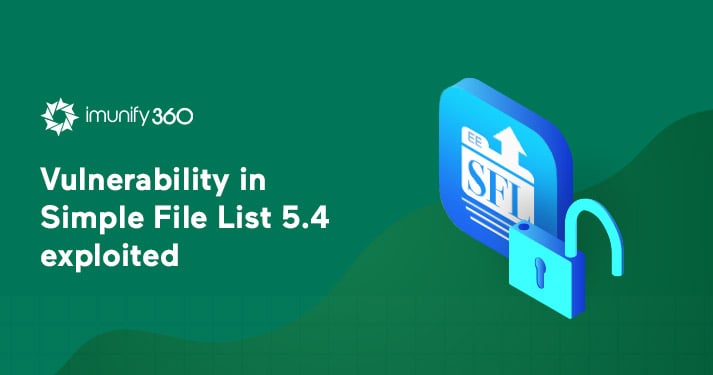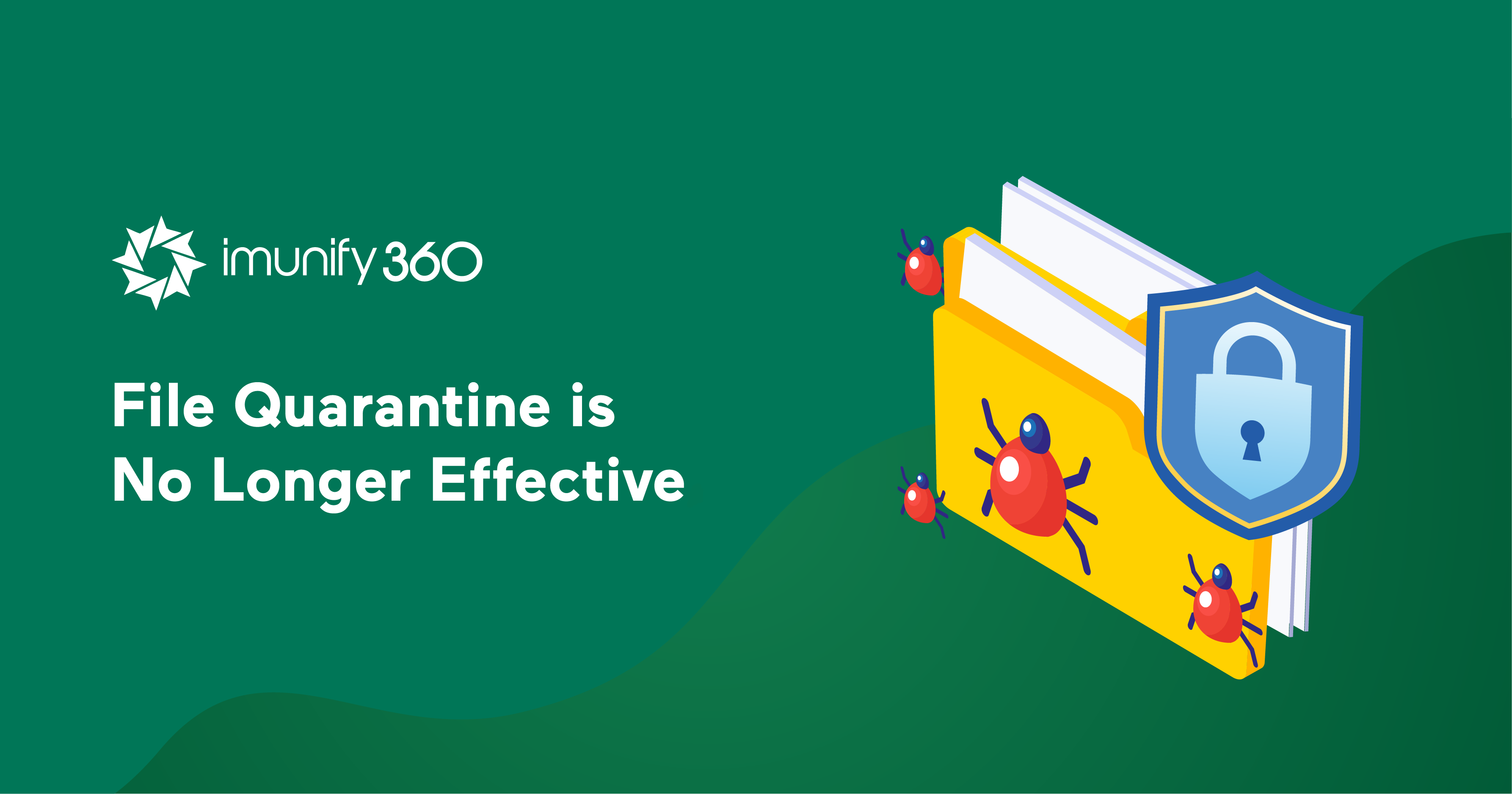Launch your own professional WordPress services without upfront
investment or headcount. Powered by Seahawk — Branded as you.

The new week started with a new campaign trying to widely use the Arbitrary File Upload vulnerability in the Simple File List plugin for WordPress.

Recently, we got a few support requests related to the usage of Imunify360 with Cloudflare. We’d like to explain the root cause and provide you with a workaround.
The issue was looking like an inability to pass the Captcha causing an endless loop. Further investigation revealed an issue caused by custom cache settings in the Cloudflare control panel.


.png?width=115&height=115&name=pci-dss%20(1).png)
